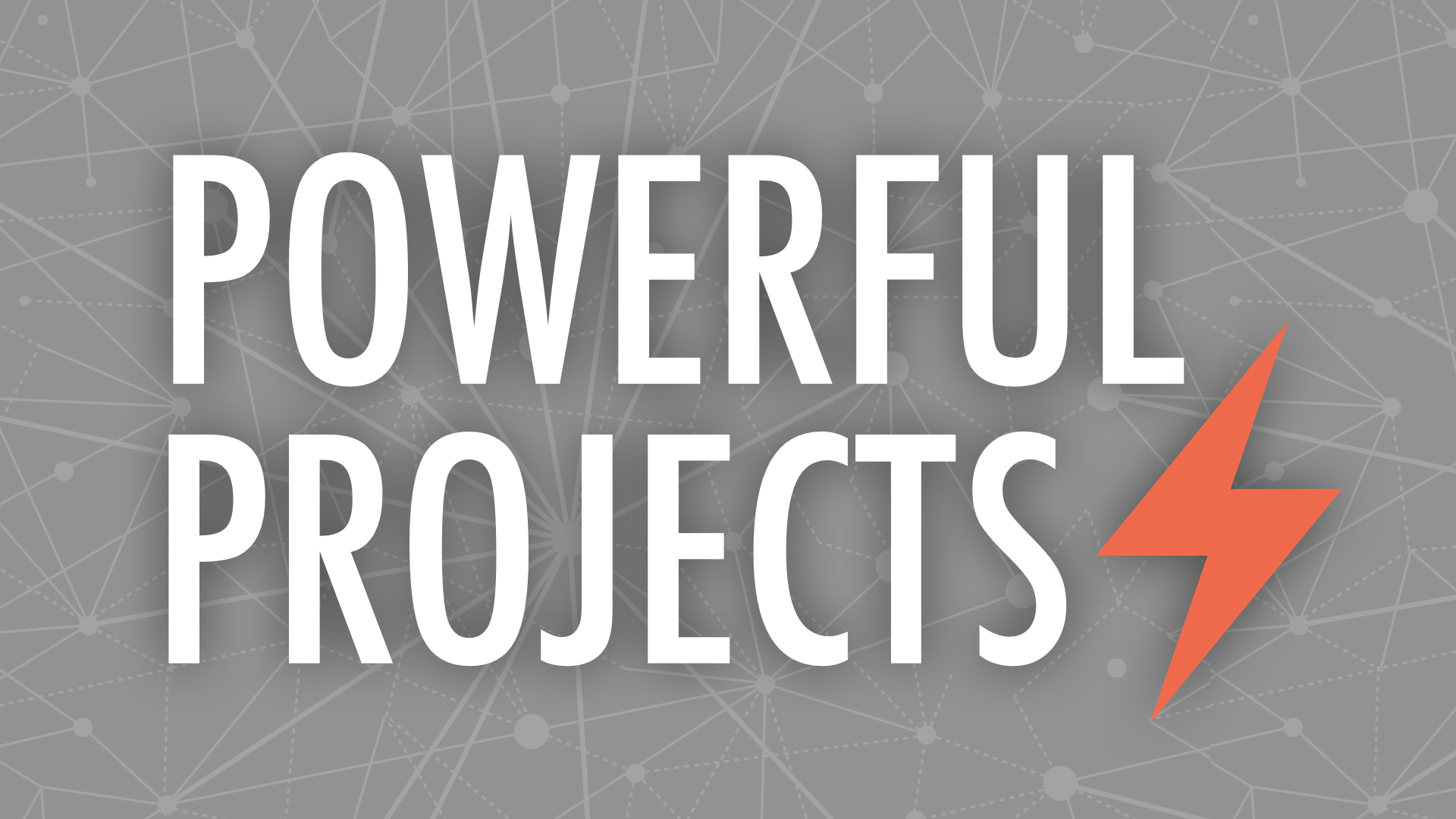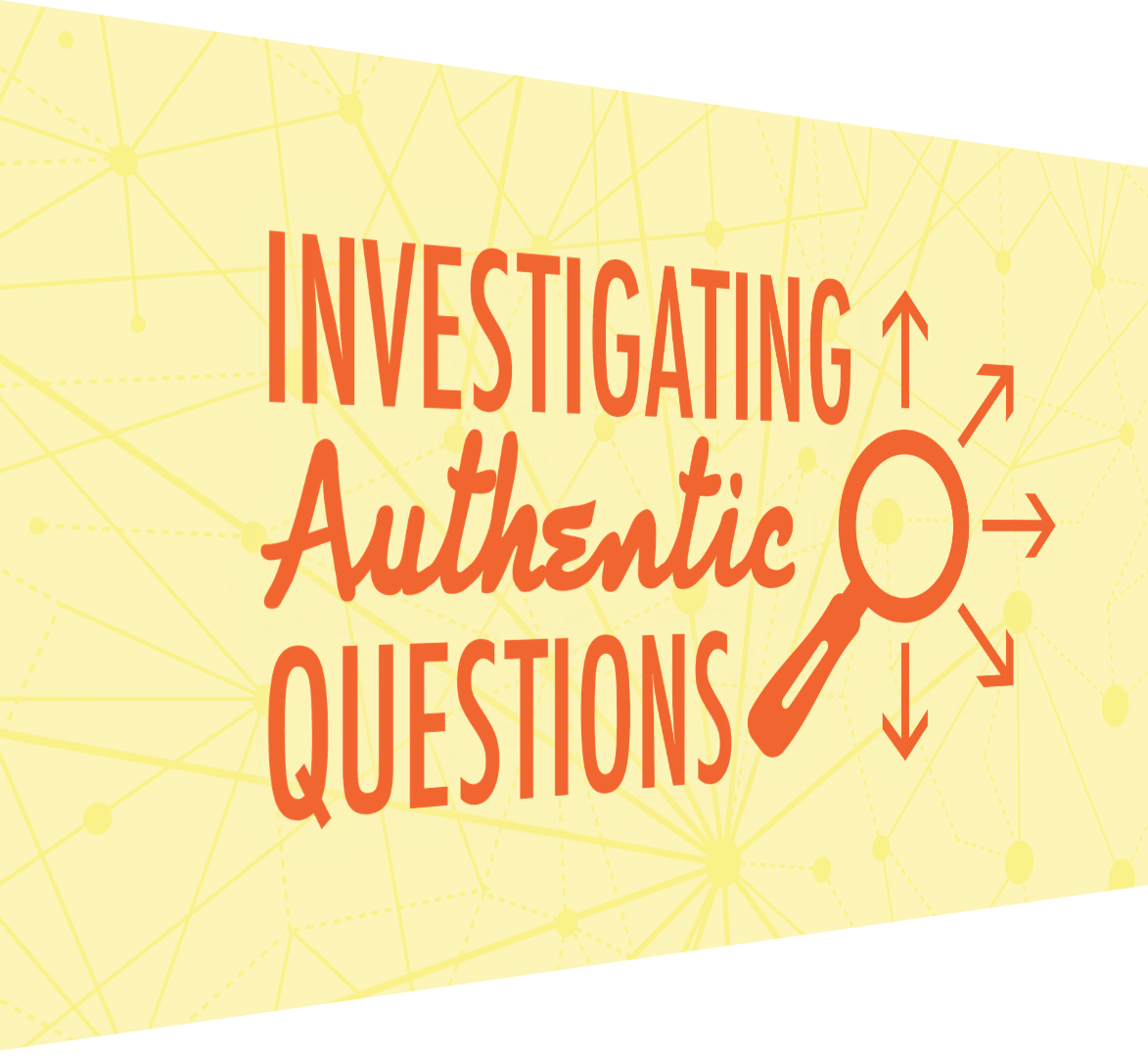Crabapple Crossing Elementary School
March 2016
Students are hungry for learning that matters, which is why some of the best learning projects set out to make a dent in the universe. That dent might be big or small, but knowing their projects are making a difference in the world is great motivation for students to push themselves toward deeper learning. Adding twists, novelty, and variety to the project can make the whole experience irresistible!
Tony Vincent is ready to share important ideas for making student projects powerful, which include encouraging student ownership, making a difference, and having an authentic audience.
Let students own the task and put their personal spin on it.
Justin Bell's students created a comical version of Romeo and Juliet Act 3. See more of Justin's students' tech projects.
Ownership in empowering! Having psychological ownership over the project can increase feelings of responsibility, attachment, accountability, and confidence.
You can create narrated slideshows using Shadow Puppet Edu on iPad. On PC, you can use Movenote.com or Office Mix. Apps like these are Evergreen–they never grow old and can be used again and again.
The Ikea Effect is the name for the psychological phenomenon that occurs when consumers place a disproportionately high value on products they partially created. Researchers found that when people use their own labor to construct a particular product, they value it more than if they didn’t put any effort into its creation.
Take advantage of the Ikea Effect, and let students create their own media as part of a project. Examples include a butterfly video by kindergarteners and The Respiratory System iBook by a fourth grader (made using Book Creator).
Increase ownership by giving students choices in the content of their projects, the process the use to create them, and their end productions' final forms.
“When we choose for ourselves, we are far more committed to the outcome–by a factor of five to one.” Harvard Business Review
Quick Tip: Use PhotosForClass.com to download copyright-friendly images. Citations are watermarked onto each downloaded image!
"If you assign a project and get back 30 of the exact same thing, that's not a project, that's a recipe." Chris Lehmann
Create digital posters: Try Pic Collage for Kids and Typorama for iPad. Try pizap.com and pickmonkey.com on PCs.
Collect student work with Padlet. The teacher logs in and creates walls. Students do not need to log in to post to those walls.
Our Padlet wall for sharing rhymes about student ownership: padlet.com/tonyv/rhyme
Suggested Padlet Wall Settings:
- Log into Padlet.com.
- Click the Modify Wall button.
- Under profile, give your wall a title and description.
- Under Layout, change from Freeform to Stream or Grid.
- Under Privacy, checkmark Moderate posts.
- Under Address, give your wall an easy to type web address.
- See the QR code under the Share menu.
It's good to a have choices in the apps students use to create projects because they often disappear, become costly, or drastically change. Keep in mind Adam Bellow's saying: "Date the tool and marry and ability."
Steve Jobs had the mantra, “Let’s make a dent in the universe.” He was on a mission to change the world. Some of the best projects set out to make a dent. The dent might be big or small, but at least the project has made a difference in the universe, and given students purpose beyond doing the project as just another graded assignment.
Projects can make a difference by...
- educating others
- solving a problem
- calling people to action
- building something useful
- planning an event
- raising money for a purpose
- recognizing or inspiring others
- designing a better way to do something
Jamie Rusynk’s 5th graders' video Think Before You Post has an important message. It's done with sticky notes and stop motion.
R U OK? is a one minute movie trailer made by Australian students using iMovie. Read about how Year 7/8 students created promotional videos for health with the help of iMovie Trailer Planners.
You can record video on a laptop at webcamera.io.
Rushton Hurley makes the observation, “If students are sharing their work with the world, they want it to be good. It you’re just sharing it with you, they just want it to be good enough.” With websites and social media, students certainly have the ability to reach a potentially global audience. Knowing they can reach people worldwide with their projects, learners will want to make those productions W.O.W. (Worthy of the World).
Second graders at Willowdale Elementary School created an audio podcast about respect. It's one of dozens of episodes that seek to inform an audience on the web and in iTunes. The podcast's tagline is "Radio for Kids, by Kids." Radio WillowWeb used GarageBand for audio recording, but there are lots of alternatives like vocaroo.com (warning: Vocaroo recordings remain online for a few months and then disappear), online-voice-recorder.com, soundation.com, soundtrap.com, and twistedwave.com.
PassWhiz is an iPad app that acts as a hall pass for students at schools with 1:1 iPads. It was developed by Zach Baker, a high school student who certainly knows his audience.
Book and product reviews have an audience–other potential readers and buyers. Consider having students write reviews for Amazon.com.
Each day one student in Tony Vincent's fifth grade is designated at the roving reporter (or class scribe). His or her job is to write about the learning that happens that day. The reporter takes photos throughout the day and selects a few to include with the article. Reviewing photos can also help the reporter decide what to write about. Probably the best way to publish these article are on a blog. Tony didn't have a blog, but he did publish the articles on The Daily Planet.
Get an audience with social media, like this Chatterpix Kids (iOS only) chameleon video. Tag Twitter posts with student projects with #comments4kids so that students can get feedback on what they shared.
Record audio on a laptop at vocaroo.com. Note that the recording expire after about 4 months.
Quick Tip: Putting an iPad, tablet, phone, or microphone into a voice isolation box significantly reduces background noise and echoes. A cheaper option is to buy acoustic foam and make your own isolation boxes.
Apps for Projects
- Chatterpix Kids: Create talking pictures. Record up to 30 seconds. Saves as video. PC alternative is blabberize.com.
- Shadow Puppet Edu: Create narrated slideshows. Saves as a video. PC alternative is movenote.com.
- Pic Collage for Kids: Create collages and posters. Saves as a photo. PC alternatives are pizap.com and picmonkey.com.
- TeleStory: Create videos with costumes and special effects.
- Book Creator Free: Create digital books that can be read in iBooks, exported as a PDF, or saved as a video.
- Typorama: Create digital posters with cool font effects. Saves as a photo. PC alternative is quotescover.com.
- Popplet Lite: Create mind maps. Saves as a photos.
Search Participate.com for app and website recommendations for educators, by educators.
Like Kahoot for formative assessment? Try Quizizz! Read about it.
Assessing Projects
You don’t have to start from scratch to develop your assessment, but you really should have your assessment ready at the start of the project. You can create rubrics and checklists with help from:
- RubiStar
- For All Rubrics
- Quick Rubric
- Project Based Learning Checklists
- Buck Institute for Education Rubrics
- PBL Rubrics from the West Virginia Department of Education
- Guide to Writing Scoring Rubrics
- Google search for rubrics and checklist for similar projects
Incorporating student input into a project’s criteria is a great way to get them involved. And, they might have some really good ideas to add after they have critiqued sample productions.
Technology can be helpful throughout a project, whether students use iPads, Chromebooks, Android tablets, laptops, or desktops. Tony Vincent has written a primer for each of the three major components of learning through projects. He shares useful websites and apps as he tells you about his take on project based learning. They are Crafting Questions That Drive Projects, Investigating Authentic Questions, and Creating Products to Show and Share Learning.
Crafting Questions That Drive Projects
Projects begin with a driving question–an open-ended question that sets the stage for the project by generating interest and curiosity. It captures the heart of the project by providing purpose using clear and compelling language.
Investigating Authentic Questions
In project based learning students answer a driving question. That question is so deep that it leads students to ask more and more questions. I have lots of strategies and tips for investigating answers to those questions.
Creating Products to Show and Share Learning
Let’s take a look at sample projects and some of the hottest apps for showing, explaining, and retelling. These tools can turn students into teachers and are great for sharing their answers to a project’s driving question.
KEEP IN TOUCH WITH TONY
- Follow on him Twitter: twitter.com/tonyvincent
- Follow Learning in Hand on Instagram: instagram.com/learninginhand
- Like Learning in Hand on Facebook: facebook.com/learninginhand
- Email him: tony@learninginhand.com










Green Guardians offers free and premium lessons for K-5 students about environmental literacy.